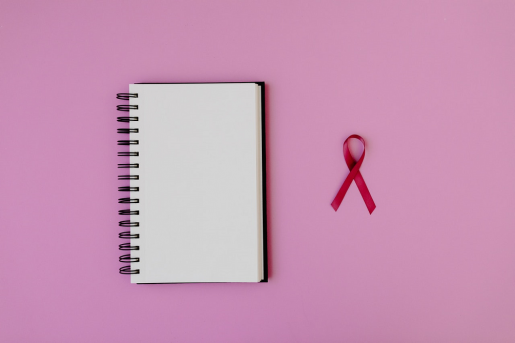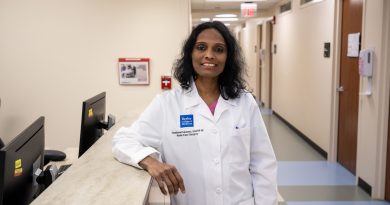Tips for recovery after breast reconstruction surgery
Innovations during the past 25 years have improved breast cancer treatment and provided patients with more options for surgery, particularly in the areas of mastectomy and reconstruction. Breast cancer surgery is now tailored according to the type, stage and extent of the cancer.
From implants to using your own tissue to restore the breast and breast sensation, patients should choose the reconstructive option that fits their lifestyle and expectations.
A shared decision-making approach to breast cancer care is key. In addition to having the support of a medical team, you may also find it helpful to have a patient’s perspective on what to expect and how to prepare for surgery. Below, former patients share some first-hand insights about the entire process of breast reconstruction with DIEP flap.
Preparing for breast reconstruction with DIEP flap
Whether you are considering lumpectomy or mastectomy with reconstruction, your oncology surgeon and plastic surgeon will work together to give you the best possible outcome for your health with optimal aesthetic results. Prior to surgery, your oncology surgeon will discuss with you the type of lumpectomy or mastectomy surgery that is recommended for your specific case, and your plastic surgeon will discuss reconstruction options, including implants and autologous tissue transfer along with the procedures for each.

The gold standard of autologous tissue transfer is DIEP flap breast reconstruction, a microsurgical procedure that takes blood vessels, skin and fat from the lower abdomen and transfers them to the chest area to rebuild one or both breasts, giving a natural look and feel. This procedure is often done at the same time as the mastectomy, or after all cancer treatment is completed.
The advantages of DIEP Flap reconstruction are that it uses your own tissue, and it does not involve removing abdominal muscles, which improves recovery time and reduces the risk of bulging. The scar is also low, similar to a tummy tuck.
DIEP flap surgery can take between five and ten hours depending on whether you’re having a single or double mastectomy with reconstruction. Following surgery, you will recover in the ICU or a specialized flap unit at the hospital for up to three to five days so that the doctors and nurses can closely monitor the tissue transfer to ensure that it remains healthy. Before you’re released, you will be shown how to empty and measure the output from your drains, and you will be given instructions for caring for your incisions and surgical sites at home.
You will also receive a list of exercises to help you recover range of motion in your arms and shoulders. Your overall recovery will likely take six to eight weeks.
Prior to surgery, you will need to prepare for your at-home care. For a while, you will have limited range of motion in your arms and shoulders, and your incisions will need to be protected while they heal. During the first week or two, you will need help with everyday activities such as bathing, dressing and meal preparation. Even the simplest activities may seem extremely challenging immediately following surgery. Some considerations in planning for recovery include:
- Childcare and/or eldercare arrangements
- Transportation for follow-up doctor appointments
- Sleeping/resting: Your doctor will want you to sleep solely on your back during your recovery with your head and knees elevated. Consider renting or purchasing a recliner with electric controls or use bed wedges to elevate your head and knees.
- Have a supply of soft, loose clothing that can be managed with minimal arm movements or bending. Front zippers and buttons will make dressing much easier.
- Bathing and general hygiene: Place items in the shower and near the sink where you can easily reach them. Consider purchasing a bath chair for showering and place a chair or vanity bench next to your sink so that you can sit while you get dressed.
- Drain management: Use a lanyard, ribbon or cord tied loosely around your neck for your upper drains when bathing – otherwise, you can pin them to your clothing. For your lower drains, pin them to a plastic or cloth belt or cord tied loosely around your waist.
Following your doctors’ advice, planning and knowing what to expect will make your recovery go more smoothly and will help you achieve your desired results.
Additional tips can be found in a guide compiled by former mastectomy and DIEP Flap reconstruction patients. Note that information in the guide is intended to help patients plan for their procedure and must not be construed as medical advice. Always consult your doctor with any questions or concerns you have.
Additional Resources
Learn more about the Breast Care Center at Baylor or call 713-798-1999.
See information about breast cancer surgery options.
-By Dr. Marco Maricevich, assistant professor of surgery in the Division of Adult Plastic Surgery at Baylor College of Medicine



